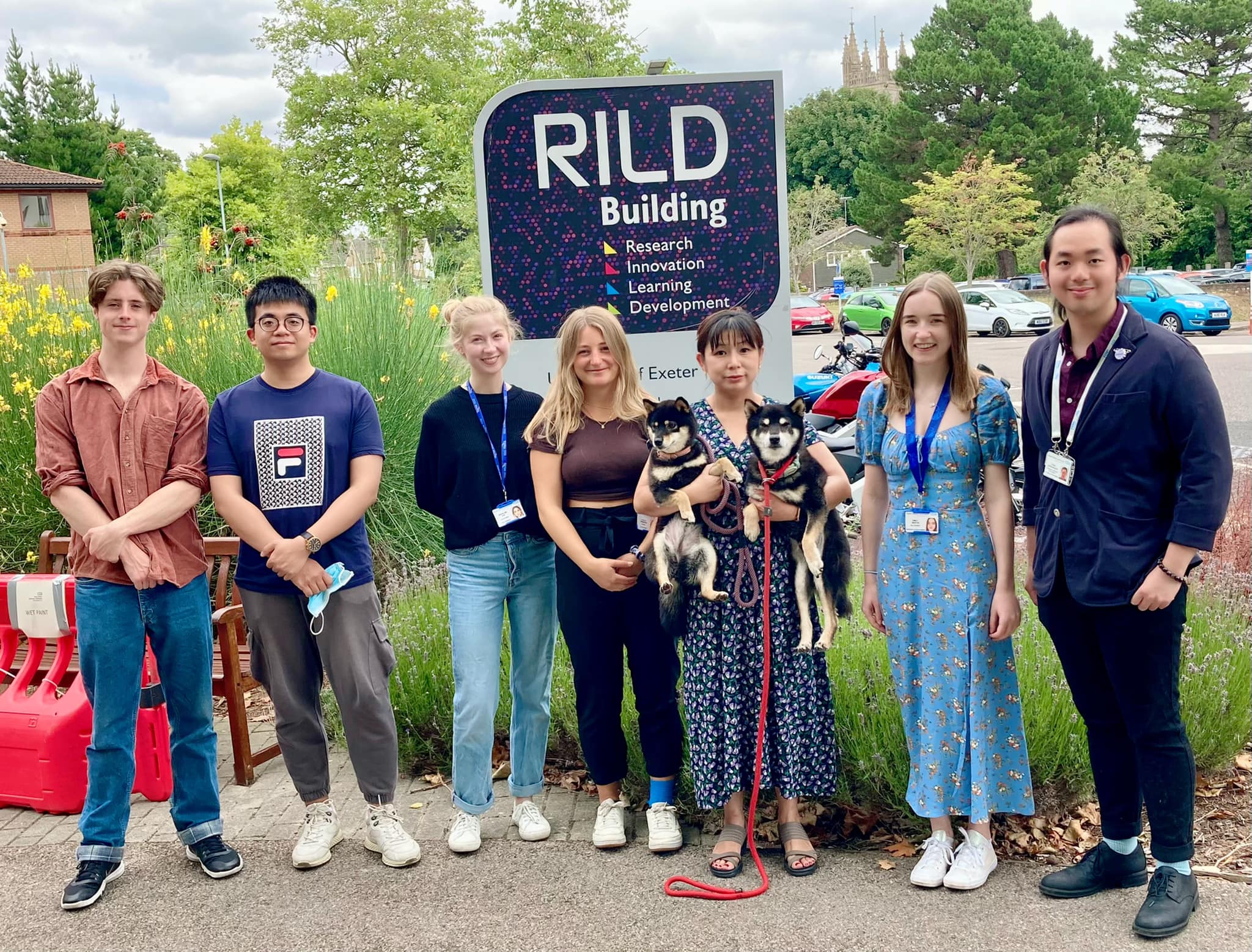Dr Asami Oguro-Ando tells us about the research published in her new Open Biology paper, a study which explores the pivotal role of the gene CNTN4 and APP in neuronal development.

Please could you tell us a little bit about your article?
We are excited to announce our recent publication, "CNTN4 Modulates Neural Elongation through Interplay with APP," featured in Open Biology. This study delves into the intricate relationship between risk gene the neuronal cell molecule contactin-4 (CNTN4) and amyloid precursor protein (APP), elucidating their roles in neurodevelopmental disorders and Alzheimer's disease. We've detailed how CNTN4, a neuronal cell adhesion molecule, is instrumental in shaping neuronal morphology and spine density. Additionally, our findings reveal a co-dependent interaction between CNTN4 and APP crucial for neurite outgrowth, alongside a novel compensatory expression mechanism between these proteins.
What is the significance of CNTN4 and why did you choose to focus on this?
CNTN4 caught our attention during our research into 3p26 deletion syndrome—a condition linked with Autism Spectrum Disorders (ASD), as cited in Gandawijaya et al., 2021. While CNTN4 is identified as a candidate gene for ASD, its functional roles were not well understood. This gap in knowledge spurred us to explore how CNTN4 functions within the brain, particularly its interactions with proteins involved in neurodegenerative diseases like Alzheimer's.

Co-authors Madeline Eve and Asami Oguro-Ando, University of Exeter.
Were there any surprising findings from the study?
Our research uncovered that CNTN4 not only contributes to neural elongation in the Frontal Cortex but also regulates its expression alongside APP, a protein implicated in Alzheimer's disease. It was quite remarkable to discover that CNTN4, a gene linked to developmental processes, also plays a role in modulating factors involved in Alzheimer's disease. This intersection of developmental and neurodegenerative pathways offers exciting new insights into the broader implications of these proteins.
What’s next for you or your group’s research?
Looking ahead, our group is keen to further dissect the molecular mechanisms underpinning the interaction between CNTN4 and APP and explore their wider implications for disorders like Alzheimer's and ASD. Our next steps involve clarifying how the CNTN4-APP interaction impacts neural activity. Understanding this interaction is crucial as it represents a fundamental step towards a comprehensive grasp of neurodevelopmental and neurodegenerative disorders.

Group members at the University of Exeter including co-authors Josan Gandawijaya, Rosie Bamford and Madeline Eve.
How did you find the Review Commons process and publishing with Open Biology?
Our experience with Review Commons was exceptionally constructive. The streamlined peer review process facilitated a more efficient publication route, allowing us to refine our research with valuable feedback effectively. The impartial comments from reviewers who were not targeting a specific journal and the positive feedback aimed at enhancing our paper's quality were particularly striking. This process not only expedited our ability to share significant findings but also elevated the quality of our publication through rigorous peer evaluations. We are thoroughly satisfied with the outcome in Open Biology and are deeply appreciative of the genuine engagement from the journal in handling our revisions.
Overview
Dr. Oguro-Ando is a researcher and lecturer at the University of Exeter Medical School and has been interested in life science since she was a child, especially, how lives play rolls in plasticity to the environment. Asami’s group research aim is to further our understanding of the molecules, cells and circuits that underlie neurodevelopmental disorders affecting mental health including Autism is critical for developing more effective therapies for these disorders.
Open Biology accepts papers via Review Commons saving authors time by facilitates quicker, informed decisions without restarting the peer review process. We are looking to publish more high-quality research articles in cellular and molecular biology. Find out more about our author benefits and submission process.
Image credits:
Hero image: Human neuroblastoma SH-SY5Y cells. Credit: Madeline Eve.
Photo credits: Asami Oguro-Ando.

